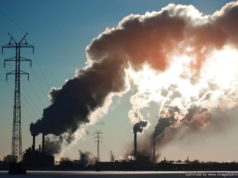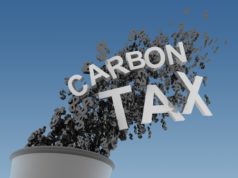 What are some Environmental Issues?
What are some Environmental Issues?
Although environmental issues, in the most basic of forms, have existed for centuries, it was the industrial revolution that prompted the grave forms of environmental pollution that are present today.
Environmental issues pertain to those destructive agents that damage earth’s ecosystems and the broader environment of a specific region. As our planet becomes more and more populated, our reliance on oil and natural resources increase.
What causes such Environmental Issues?
The aforementioned environmental issues possess different sources. In general, all forms of environmental issues are related to pollution, which are predominantly caused by human intervention and use of fossil fuels or industrial-based goods. Air pollution, which is a fundamental environmental issue, comes from both man-made and natural sources.
In the realm of air pollution, a complimentary form of environmental pollution known as stationary pollution; these debilitating situations are sparked by chemical plants, coal-fired power plants, petrochemical plants, nuclear waste disposal activities, oil refineries, incinerators, large livestock farms, metals production factories, plastic factories and other heavy industries.
In addition to air pollution, the existence of hazardous waste is crucial environmental issues. Roughly 400 million metric tons of hazardous wastes are generated each year throughout the world; the United States produces 250 million metric tons alone.
Environmental pollution can also arise out of a natural disaster. For example, when a hurricane strikes, negative externalities such as water contamination left from sewage and petrochemical schools from ruptured automobiles or marine crafts are common.
Other forms of environmental pollution include disruptions to soil; common soil contaminants are chlorinated hydrocarbons, heavy metals (such as chromium, lead, cadmium, aviation fuel and gasoline, as well as zinc, arsenic and benzene.
Other Types of Environmental Issues:
Water Pollution: A dangerous form of environmental pollution that results from the discharge of wastewater from commercial and industrial waste (occurs intentionally or from oil spills) into surface waters.
Radioactive Pollution: These types of environmental pollution results from various 20th century activities in atomic physics, such as nuclear weapons research and nuclear power generation, as well as manufacture and deployment-related activities.
Light Pollution: This form of environmental pollution refers to astronomical interference, over-illumination and all forms of light trespass.
Thermal Pollution: These types of pollution exist when excess heat creates undesirable effects over a long period of time. The earth possesses a natural thermal cycle, but when excessive temperature increases are present–precipitated by man-made energy sources such as power plants, air pollution which traps heat, deforestation and urban sprawl—the effects are drastic.



































